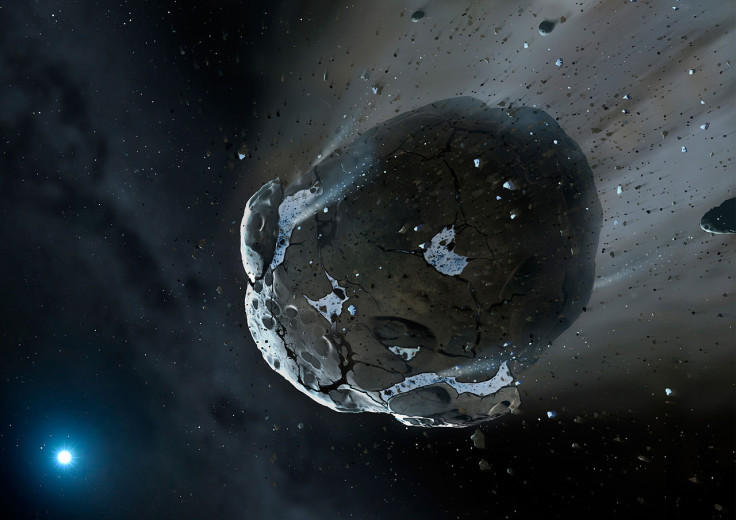Asteroid Day: Everything you need to know about saving the world from space rocks

The world's first Asteroid Day will be held on 30 June in a bid to raise awareness about future impact events and the threat they pose to the planet.
Asteroid Day was announced in December 2014, when a global coalition of scientists, astronauts, physicists and celebrities launched the 100x Declaration – a call for improved detection of near-Earth asteroids through better technology.
The declaration was signed by famous names including Brian May, Richard Dawkins, Brian Cox, Anousheh Ansari, Stewart Brand and 38 astronauts and cosmonauts, among others.
At the time, the Queen guitarist said: "The more we learn about asteroid impacts, the clearer it becomes that the human race has been living on borrowed time. We are currently aware of less than 1% of objects comparable to the one that impacted Tunguska, and nobody knows when the next big one will hit. It takes just one."
Who are the founding partners?
Asteroid Day's founding partners include include the Association of Space Explorers, B612 Foundation, California Academy of Sciences, The Planetary Society, Natural History Museum of Vienna, Seattle's Museum of Flight, and Starmus. There are also media partners, including Discovery Science, Astronomy Magazine, Astronomy Now and Slooh.
Why is it being held on 30 June?
The date marks the anniversary of the asteroid impact at Tunguska, Siberia, in 1908 – the biggest impact event in recorded history. The asteroid hit a remote region, flattening around 2,000km<sup>2 of forest – roughly the size of a major city – and wiping out around 80 million trees. The event was important as it helped launch discussions about asteroid impact avoidance.
What is the aim?
The long-term goal is to detect and track all near-Earth objects that could pose a threat to the planet. Founders believe early warning is key to protecting Earth and they hope to spearhead a rapid increase in the number of asteroids being found – in the next 10 years, they want 100,000 asteroids to be detected every year. At present, we have discovered fewer than 10,000 asteroids – around 1% of how many are out there.
What events are taking place?
Asteroid Day events are taking place around the globe including two "premiere events" being held in London and San Francisco. A full list of events is available here.
In London, the film 51 Degrees North – about an asteroid impact in the future and the following events – will premiere at the Science Museum IMAX theatre. The film, directed by Grigorij Richters, presents research into astronomy woven into a fictional narrative and includes a Q&A with a panel of experts before the start of the film.
At the California Academy of Sciences in San Francisco, the B612 Foundation and CalAcademy will host a day of activities about asteroids, with speakers including Anousheh Ansari, the first female private space traveller and Clark Chapman, a senior scientist at the SW Research Institute. Visitors will also have the chance to meet five astronauts and sign the 100X Declaration.
How are asteroids being found and tracked at the moment?
Nasa's Near Earth Object Program began in 1998 and has catalogued most of the known near-Earth objects to date. Data comes from professional and amateur astronomers worldwide. The International Asteroid Warning Network (IAWN) also works to bring together many organisations around the world currently working on asteroid detection. Nasa has reached its initial goal of detecting 90% of near-Earth objects bigger than one km in diameter.
What was the biggest asteroid to have ever hit?
How big the biggest asteroid ever to hit Earth was is not known, but the biggest verified impact crater on Earth is the Vredefort crater in South Africa. The asteroid, which hit about two billion years ago, is thought to have been between five to 10km in diameter, creating the 300km-wide basin.
Earlier this year, scientists in Australia discovered a 400km wide impact zone, which they say if verified would be the world's biggest. The impact took place 300 million years ago. Andrew Glikson, from the Australian National University's School of Archaeology and Anthropology, said: "The two asteroids must each have been more than 10km across – it would have been curtains for many life species on the planet at the time."
© Copyright IBTimes 2025. All rights reserved.






















